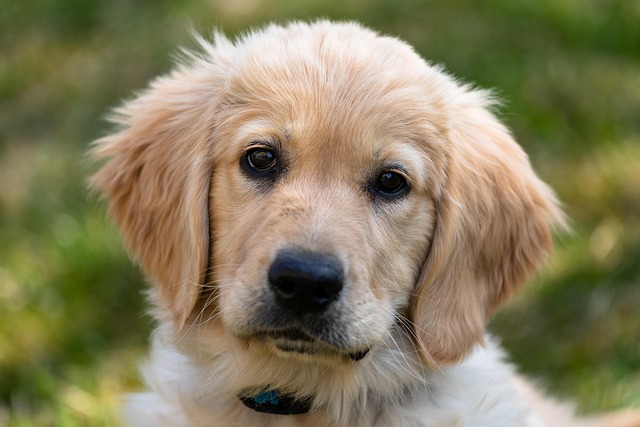
How to use a clipper to beautify my dog at home
I knelt with my friend Sarah in her Austin, Texas apartment living room last weekend, her 1-year-old Poodle mix, Gus, hiding under the couch as she held up a set of clippers
Long haired German Shepherd dogs are beloved for their lush, double coats that give them a regal look, but that beautiful fur also means regular grooming is non-negotiable. Many new owners underestimate how quickly loose hair, dirt, and tangles can build up—especially if their pup spends time playing in the yard or going on neighborhood walks, which are common routines for U.S. families. Skipping even a few days of grooming can lead to painful mats close to the skin, which not only make your dog uncomfortable but can also hide skin issues like redness or dryness.
Understanding the science behind their coat helps make grooming more effective. Long haired German Shepherds have a dense undercoat that sheds heavily twice a year (often called “blowing coat”) and lightly year-round. This undercoat traps dirt and moisture, so regular brushing isn’t just about looks—it’s about keeping their skin healthy. Start with a slicker brush to work through surface tangles, then switch to an undercoat rake to pull out loose fur from the bottom layer. Aim for 10-15 minutes, 3-4 times a week—this frequency keeps the coat manageable without tiring your dog out.
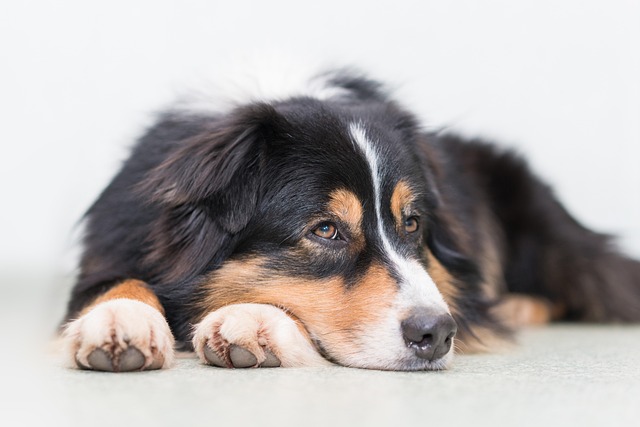 Bathing is another key part, but it needs to be done carefully. Unlike short haired breeds, over-bathing a long haired German Shepherd can strip their coat of natural oils, leading to dryness and more tangles. Stick to once every 6-8 weeks, or after a particularly messy outing (like a mud run at the park). Use a dog-specific shampoo—human products are too harsh—and rinse thoroughly to avoid residue. After bathing, gently towel dry first, then use a low-heat hair dryer while brushing lightly to prevent mats from forming as the coat dries. This step is especially important if you live in a humid area, where wet fur can mat quickly.
Bathing is another key part, but it needs to be done carefully. Unlike short haired breeds, over-bathing a long haired German Shepherd can strip their coat of natural oils, leading to dryness and more tangles. Stick to once every 6-8 weeks, or after a particularly messy outing (like a mud run at the park). Use a dog-specific shampoo—human products are too harsh—and rinse thoroughly to avoid residue. After bathing, gently towel dry first, then use a low-heat hair dryer while brushing lightly to prevent mats from forming as the coat dries. This step is especially important if you live in a humid area, where wet fur can mat quickly.
It’s also vital to tie grooming into local rules and positive care habits. In most U.S. areas, your German Shepherd needs up-to-date vaccines (like rabies) to be out in public, which includes trips to dog parks where they might pick up dirt in their coat. While grooming, take a moment to check for ticks or burrs—common in grassy areas—and remove them gently to avoid upsetting your dog. Remember, positive reinforcement goes a long way: offer treats or praise during grooming sessions to help your pup associate the process with something good. Never use punishment if they fidget—this can make grooming stressful for both of you, which goes against widely accepted animal welfare practices in the U.S.
Grooming a long haired German Shepherd takes consistency, but it’s also a great way to bond with your dog. By sticking to a regular routine, using the right tools, and keeping their comfort in mind, you’ll keep their coat shiny and healthy while also catching small health issues early. Plus, a well-groomed pup is more welcome in community spaces like dog parks or pet-friendly stores, making your daily walks and outings more enjoyable for everyone. With a little practice, grooming will become a natural part of your life together, not a chore.

I knelt with my friend Sarah in her Austin, Texas apartment living room last weekend, her 1-year-old Poodle mix, Gus, hiding under the couch as she held up a set of clippers
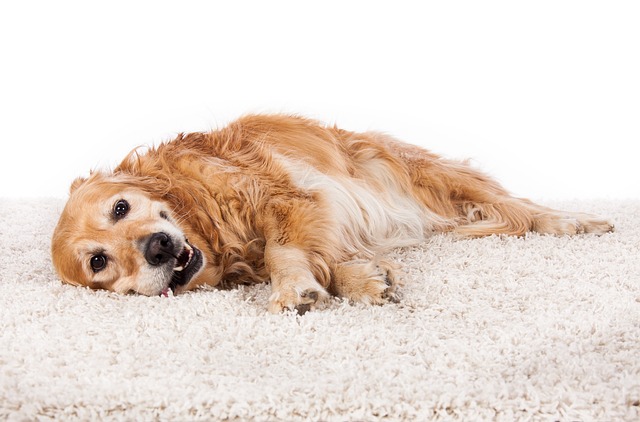
I sat with my friend Elena in her Seattle apartment bathroom last weekend, her 8-month-old Golden Retriever, Cooper, cowering behind the toilet as she held up a slicker brush.
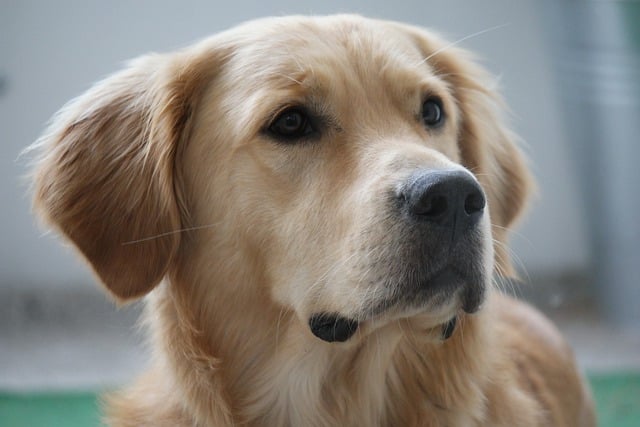
I knelt with my friend Mia in her upstate New York kitchen last weekend, her 1-year-old Bichon Frise, Lola, squirming in her lap as Mia held a flashlight to Lola’s left eyelid.
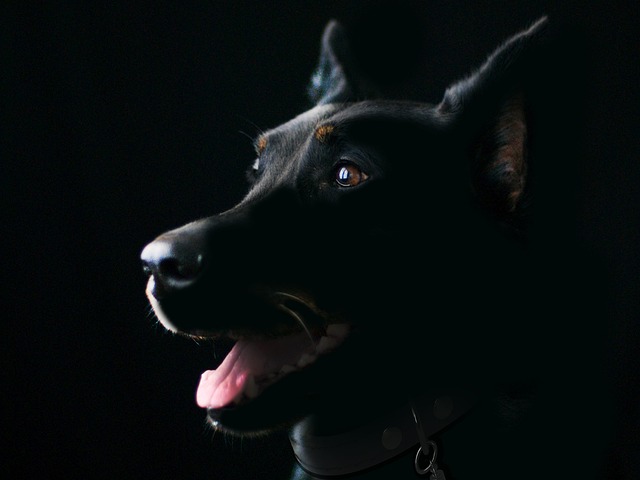
Most pet parents notice little signs first—maybe your dog turns away when you try to brush their teeth, or their breath smells stronger than usual after playtime.
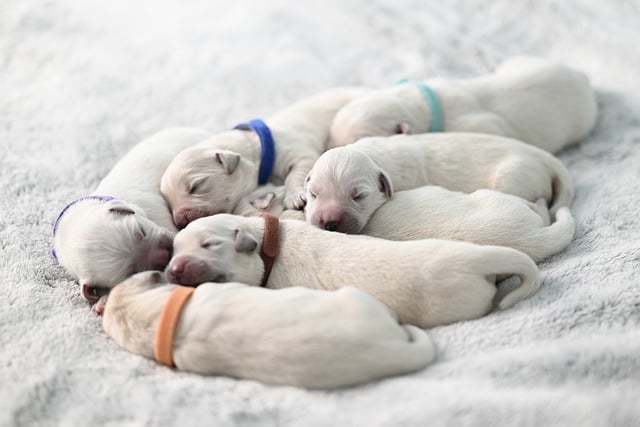
I knelt with my friend Lila in her Massachusetts suburban backyard last weekend, her 3-year-old German Shepherd, Koda

If your dog is constantly scratching, chewing their paws, or getting recurrent ear infections, you’re probably wondering what’s triggering all this discomfort.